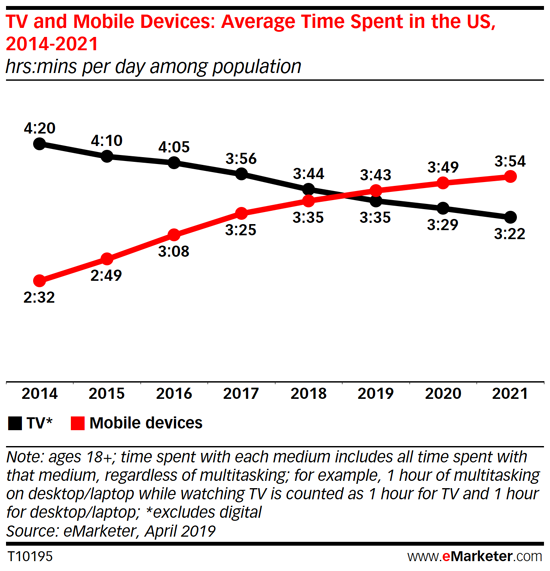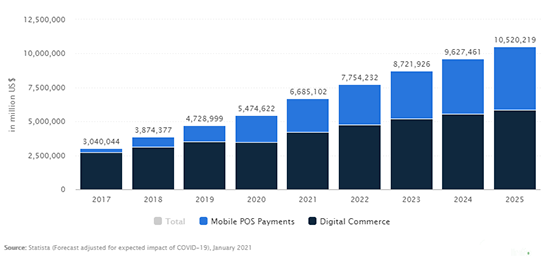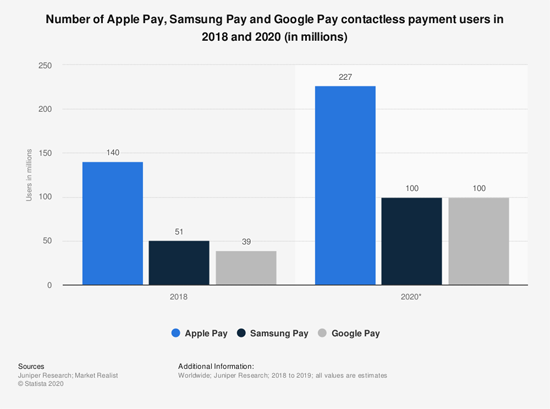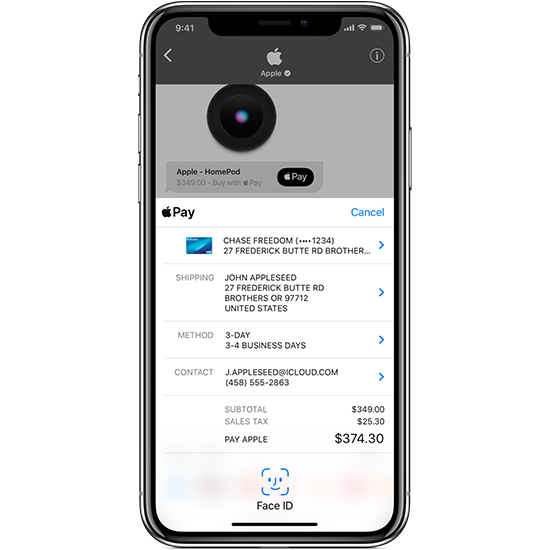- 1. Not Having a Mobile Friendly Website
- 2. No Call-to-Action Button Above the Fold
- 3. Not Adjusting Channels to Your Target Audience
- 4. Marketing Without a CDP
- 5. No Mobile-Friendly Payment Methods
- 6. Different Platforms for Different Steps in the Customer Journey
- 7. Limiting Yourself to Text
- 8. Ignoring Conversational Commerce
- 9. Avoiding Mobile Marketing for Fear of the GDPR
1. Not Having a Mobile Friendly Website
There are still plenty of examples of websites that are not optimized for mobile users. This results in a bad mobile user experience which negatively impacts your online results.
If you look at the numbers of mobile internet usage, it is clear that mobile marketing deserves your attention in 2022.
Mobile devices (excluding tablets) account for approximately half of global website traffic in 2020 and by 2021, mobile content consumption is expected to reach almost 4 hours a day in the US.

The notion that optimizing your website for mobile users requires a lot of effort, time, and money is a thing of the past. With a mobile-first omnichannel customer engagement solution such as the Mobile Marketing Cloud, you can reach your customers easily on their favorite mobile channel.
2. No Call-to-Action Button Above the Fold
An important part of a mobile landing page is an attractive call-to-action button. This is easy to add and is almost never missing.
But there is more to it.

The placement of the call-to-action button is crucial for the click ratios.
Especially in mobile marketing, the button must have a prominent spot above the fold, so it’s immediately visible without having to scroll. Add your button without too much distraction and A/B test which spot yields the highest conversion.
3. Not Adjusting Channels to Your Target Audience
Of course, there is more to mobile marketing than mobile landing pages. You need to use the available channels wisely to attract visitors to those landing pages.
Unfortunately, we often see that many companies limit themselves to channels that have worked in the past.
Yet, there are so many other channels available that allow you to achieve higher open and click ratios if you adjust them to your target groups.

Think about Facebook Messenger, Voice, SMS and WhatsApp. Don’t forget to look for channels that are popular across borders, such as Viber.
4. Marketing Without a CDP
The next point is an extension of the above. Every day, we’re able to learn more about our customers. However, customer data is often fragmented and siloed in different software systems. As a result, you cannot exploit the data to its full potential.
A Customer Data Platform (CDP) unlocks your data and solves this problem. It unifies your customer data into 360˚ customer profiles, regardless of how or where your data is stored.

By using a CDP, you gain even more insights into the differences and behavior of your target group.
Having these insights allow you to build smart flows and send relevant messages to your customers at moments that matter.
5. No Mobile-Friendly Payment Methods
So now you send the most relevant message at the right time via the right channel, completely mobile-friendly. The recipient is convinced and wants to buy your product or order a ticket.
However, customers might not find the payment method they prefer. The consequence of that could be that you miss out on a conversion. That would be a shame, as the transaction value of mobile POS payments is on a rise.

Pay attention to offer customers the possibility to pay via all payment methods. Don't forget to include mobile wallets as well, such as Apple Pay.
According to industry forecasts, Apple Pay gained 62% users from 2018 to 2020. This would make Apple Pay the leading digital wallet in the market.
However, other digital wallets show a tremendous growth as well, with Google pay expecting to gain 156% in users. This emphasizes the need to offer different payment methods.
6. Different Platforms for Different Steps in the Customer Journey
The essence of a successful mobile strategy is a smooth customer experience. Whether it is with or without a payment method, the customer journey must be a seamless experience.
If you use different customer care channels for different contact moments, the customer doesn’t need to know. Your company should be reachable quickly via all channels, and you should have insights into previous contact moments from other channels. This is only possible if you monitor all channels via a single platform and create complete customer profiles.
7. Limiting Yourself to Text
For those who have been using mobile marketing for a while, the time when you could only use text in SMS is probably still fresh in your memory. Nowadays, mobile marketing is no longer limited to text alone.
You can:
send rich media;
make attractive landing pages and
have conversations as if you are communicating face-to-face.
But now that this is a reality, it doesn’t mean that all companies are using these opportunities.
That’s a shame because customers expect this.
Take the time to discover how your customers want to communicate with your brand and select products and features that cater to their needs.
8. Ignoring Conversational Commerce
Does conversational commerce not play a prominent role in your marketing strategy?
In 2022, you will not get away with a sales process in which customers have to switch from one platform to another.
Conversational Commerce means that you can start the conversation and complete an entire transaction with a customer in one messaging channel. This means, for example, that your webshop can recommend and sell products from one single chat conversation.
A good example of conversational commerce is Apple Pay, as it allows Apple-users to pay without having to leave Apple Messages for Business.
9. Avoiding Mobile Marketing for Fear of the GDPR
With the arrival of the new GDPR/AVG regulations in 2018, many companies have become more cautious in approaching customers via mobile devices. However, that’s not necessary as it’s easy to comply with privacy regulations.
The most important thing is that you explicitly ask for permission to send marketing messages.
Being GDPR-compliant with mobile marketing is achieved in these 4 steps:
Expand your current lead flows with a field for mobile phone numbers and an opt-in checkbox.
Offer a clear privacy policy and refer to it in your campaign.
Make your message personal and relevant.
Provide a suitable opt-out management system.
With these 9 tips, you can optimally deploy mobile marketing in 2022.


